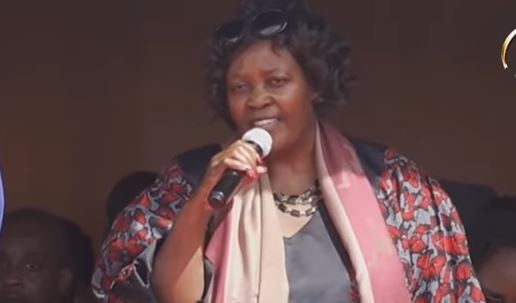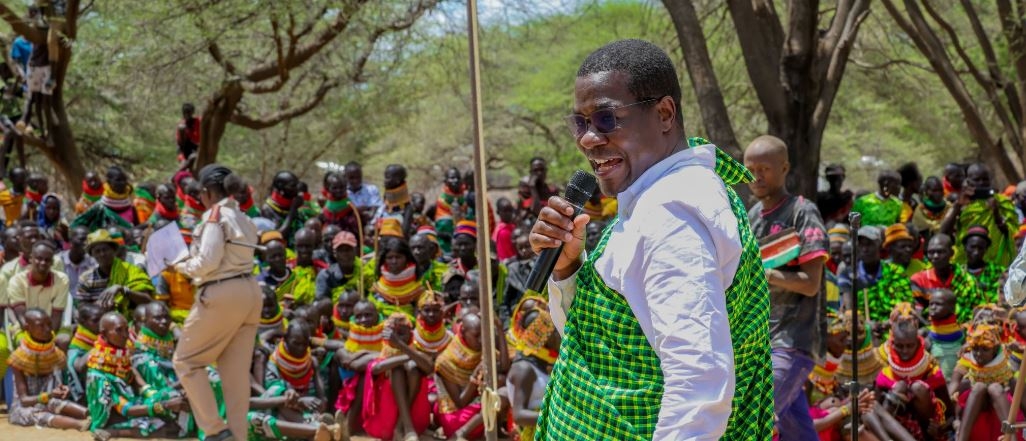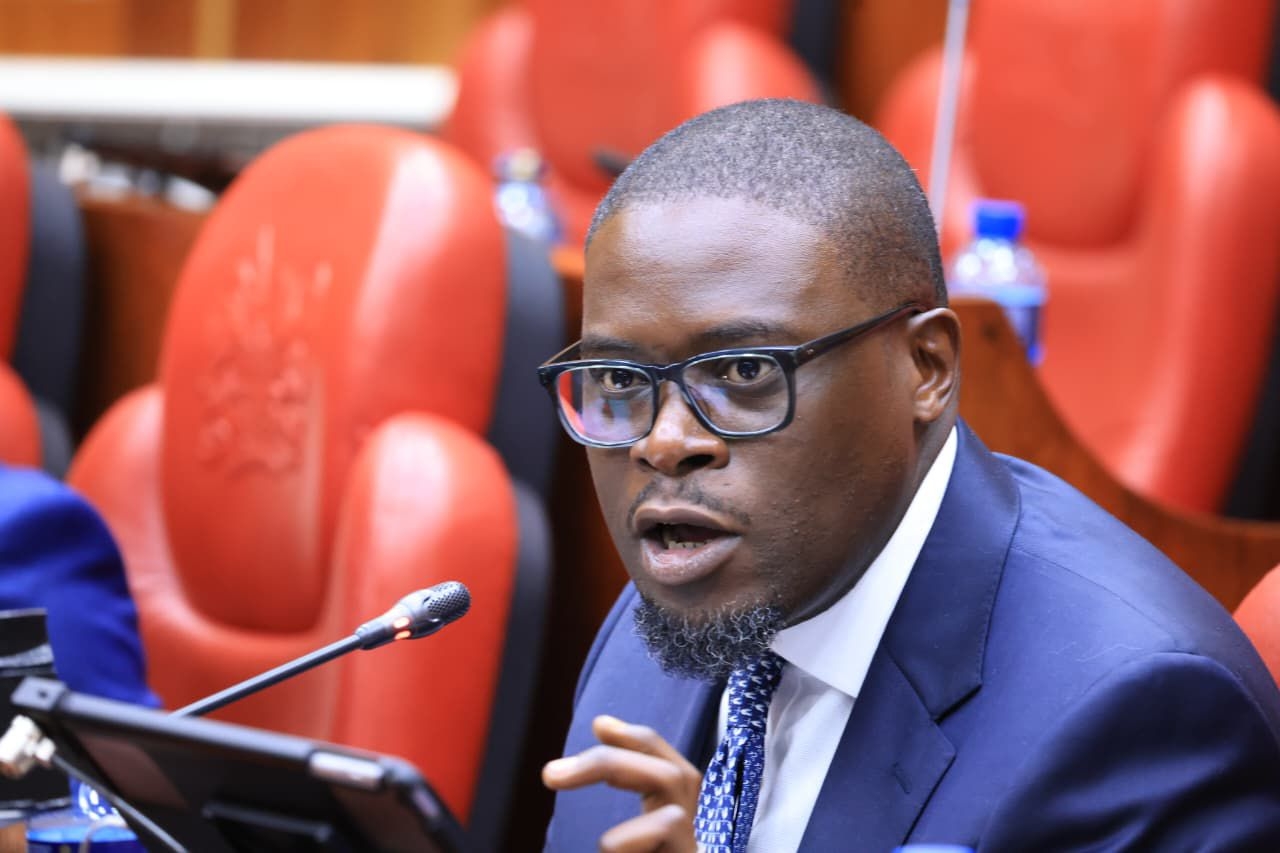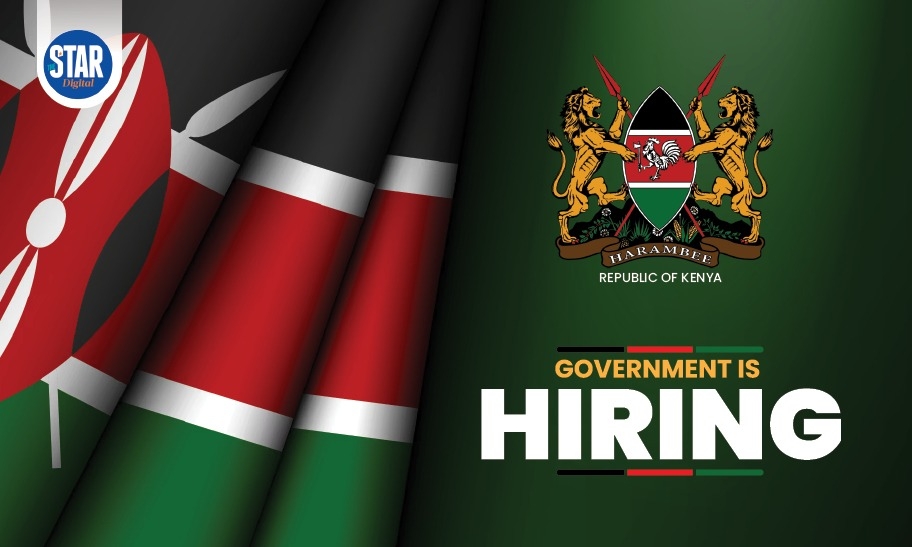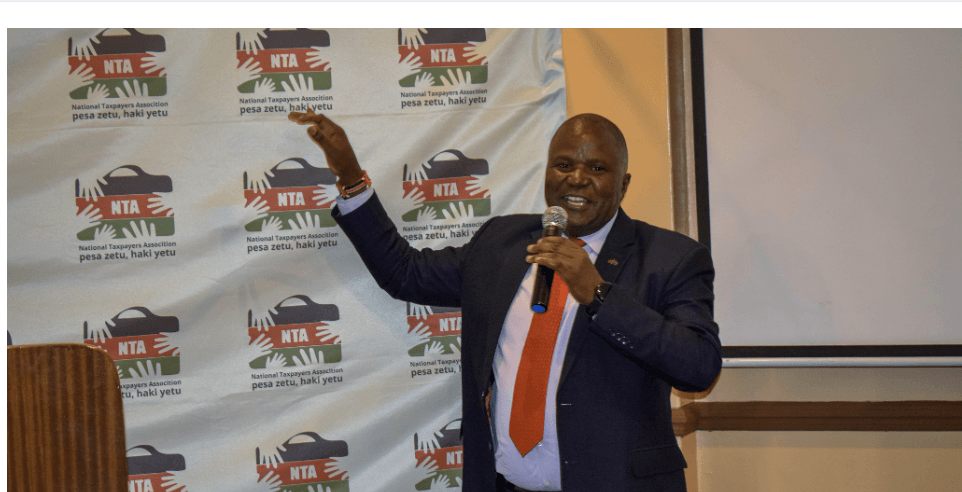The World Bank and the Kitui government have entered into a Sh300 million partnership to address the effects of climate change.
Energy and environment executive John Richard Mwendandu said the intervention is being implemented under the Financing Locally-Led Climate Change Action Programme.
He said a number of ecosystem restoration action plan activities have been identified. They include sand dam construction and beekeeping.
Mwendandu said in the partnership, the county government will contribute Sh50 million and the World Bank Sh250 million.
He spoke in his office on Friday.
Mwendandu said community members have allocated sites for the construction of 20 sand dams that will serve as weirs to harvest and store water.
“These weirs collect and stop sand from moving beyond the erected structure and thus holds the water. It is called a sand dam because the water is trapped and stored in the sand,” he said.
Mwendandu said the construction of sand dams is in line with Governor Julius Malombe pre-election promise to ensure 2,400 sand dams are built across Kitui.
He said each of the 40 wards in the county should have at least 60 sand dams.
Mwendandu said Governor Malombe envisions that sand dams hold the key to ending perennial food insecurity.
He said he has a plan to roll back the negative impact of climate change through environmental conservation and protection programmes.
Mwendandu said Kitui is water-stressed due to human activity like wanton tree felling, overgrazing and sand harvesting.
“Within the sand dam area one can do a sump well, a shallow well or engage in horticultural production thus addressing food security,” he said.
Mwendandu said there is a big opportunity for rural populations in sand dams.
“If you can have one stream with a series of properly done sand dams, then it translates to a series of a number of smallholder farms that can produce enough food throughout the year,” he said.
Mwendandu said experience had shown sand dams produce clean water and offer a good environment for growing animal fodder and horticultural crops.



